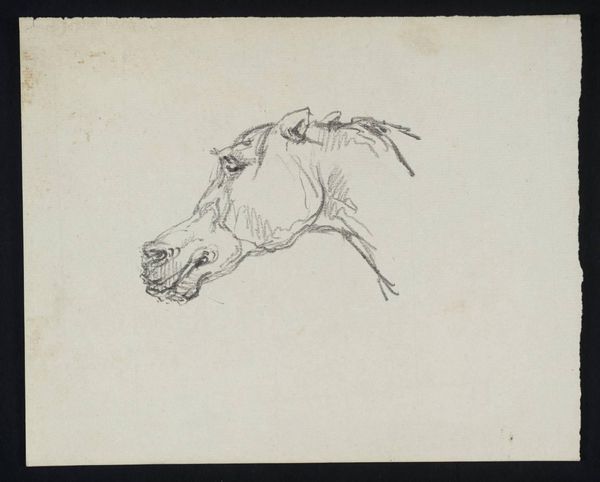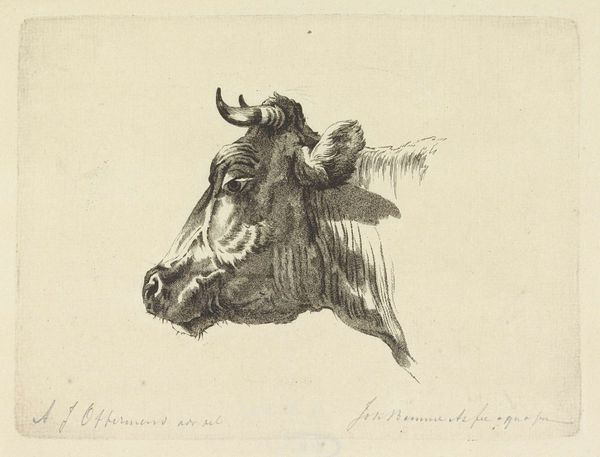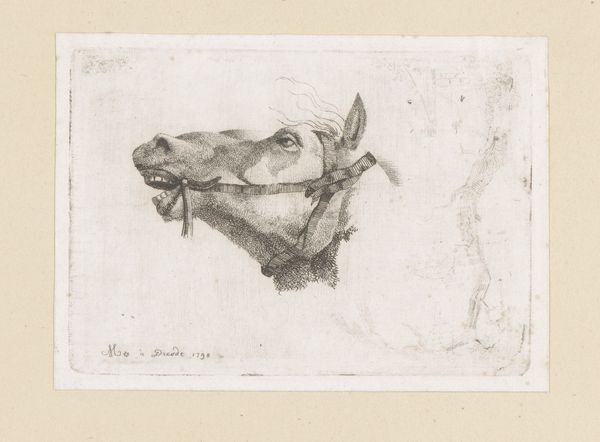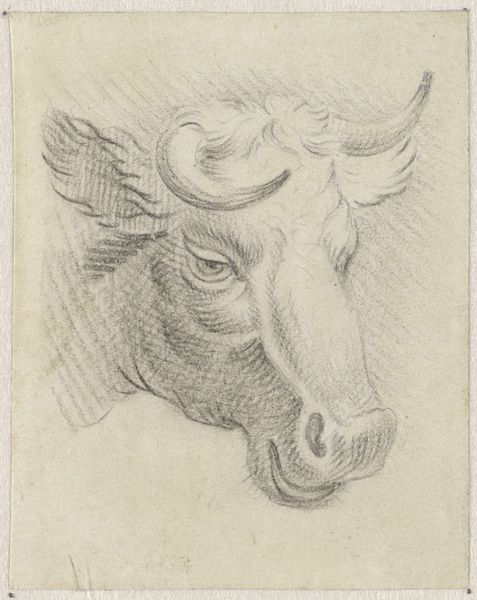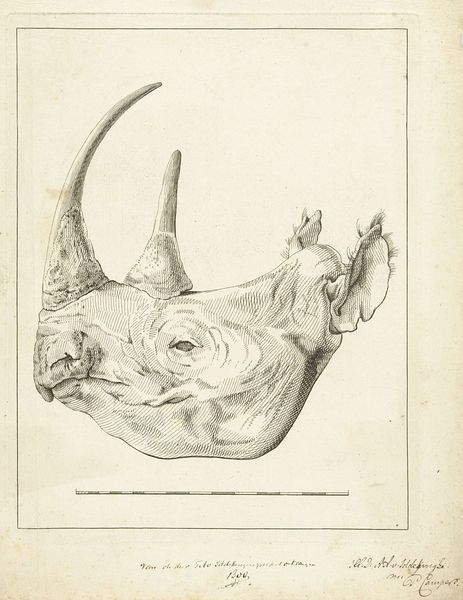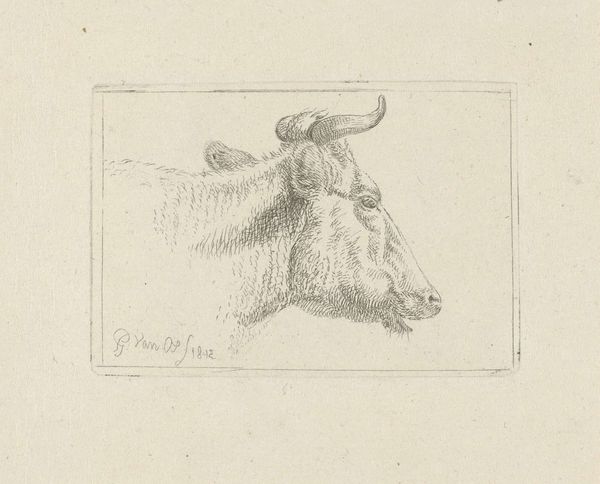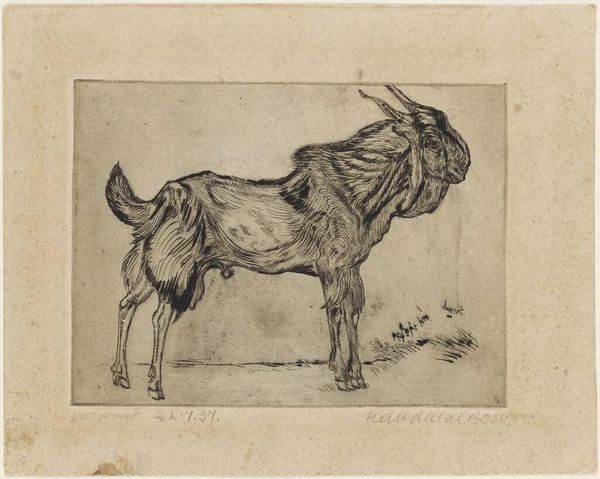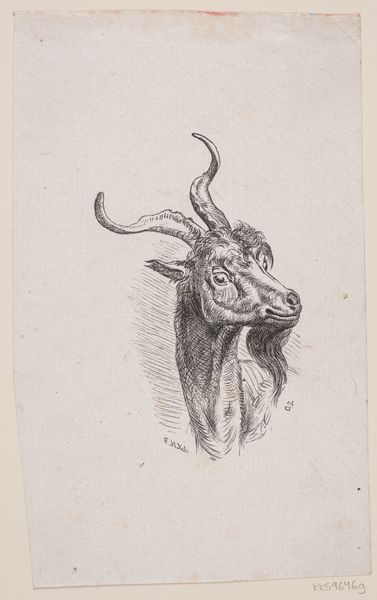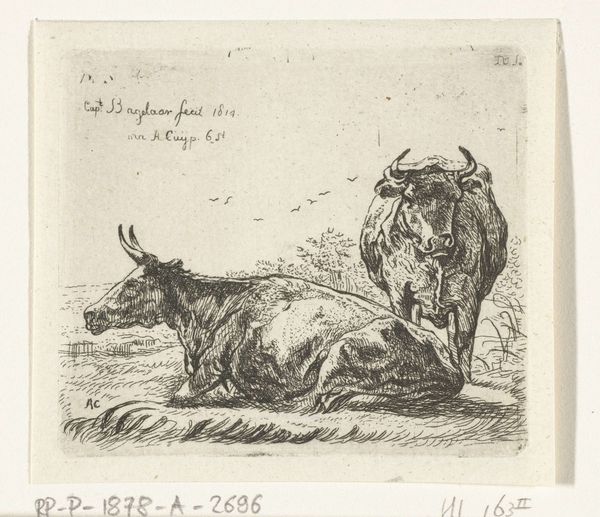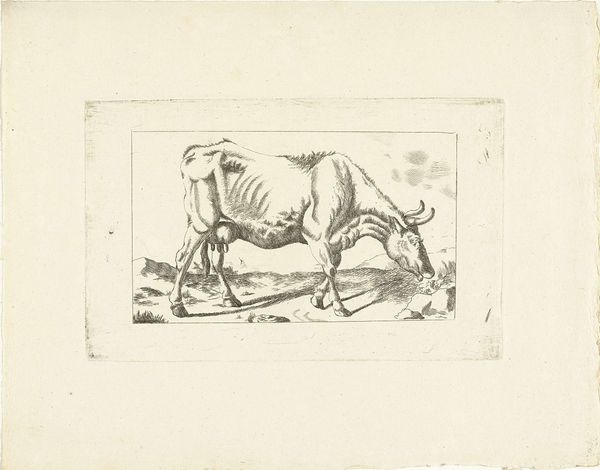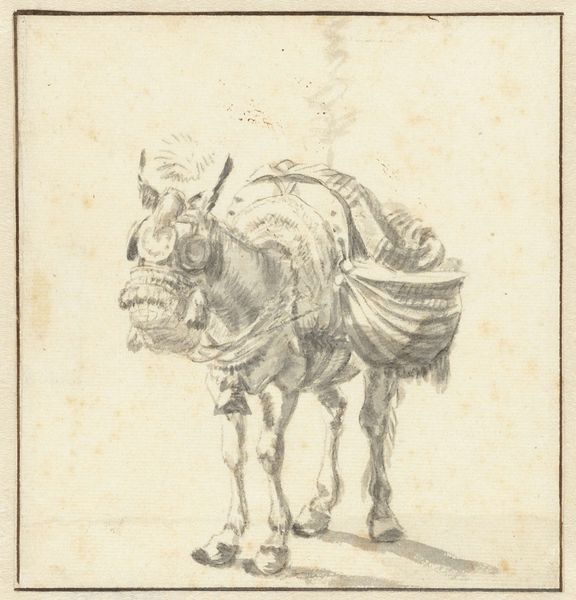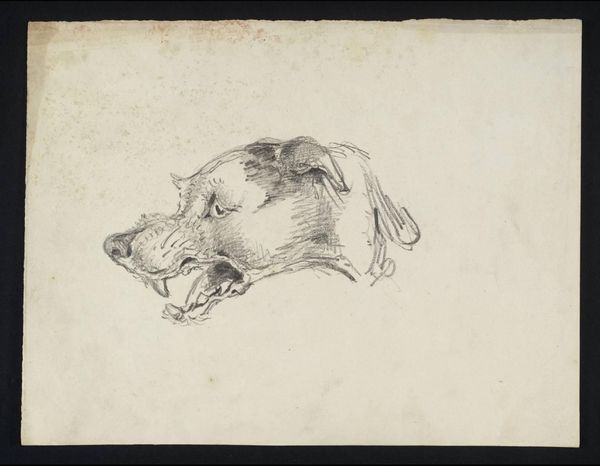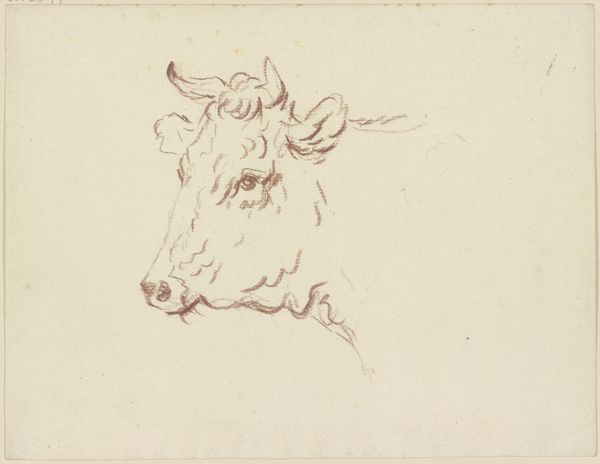
drawing, paper, ink
#
portrait
#
drawing
#
neoclacissism
#
landscape
#
paper
#
ink
#
romanticism
#
history-painting
Copyright: Public Domain: Artvee
Editor: Here we have Delacroix’s "Head of a Horse, after the Parthenon," dating from around 1825. It’s an ink drawing on paper. I'm really struck by how immediate and forceful the linework is. What strikes you most about this drawing? Curator: The means of production, of course. Think about the kind of paper available in 1825. Its texture, its cost, where it was sourced, the labour that went into making it, all informed Delacroix’s artistic decisions. The same goes for the ink; what pigments were used, how freely did it flow from the pen? These aren’t just details, they're integral to understanding the artwork’s meaning. Editor: That’s fascinating. I hadn't considered the materiality to that extent. How does this material context influence our understanding of Delacroix’s classical subject? Curator: The Parthenon sculptures themselves are materials, products of specific extraction methods, tools, and social organization within ancient Greece. Delacroix, in using his own readily available materials, re-presents that history through the lens of his contemporary consumption and production. It's a conversation across time, articulated through the tangible reality of their making. Do you think the drawing style contrasts to traditional Neoclassicism? Editor: It certainly does seem freer, less idealized. There’s a dynamism and roughness in the lines that you don't always see. Curator: Exactly! Delacroix wasn't simply copying; he was actively engaging with the legacy of classical sculpture, imbuing it with a Romantic sensibility through his particular material choices and technique. What can these rough choices tell us? Editor: I see it now. The emphasis on material brings a totally different layer to understanding art! It emphasizes not just artistic vision, but the very tangible conditions that made that vision possible. Curator: Indeed! By focusing on the means of creation, we unveil narratives that are often obscured by purely aesthetic considerations.
Comments
No comments
Be the first to comment and join the conversation on the ultimate creative platform.
